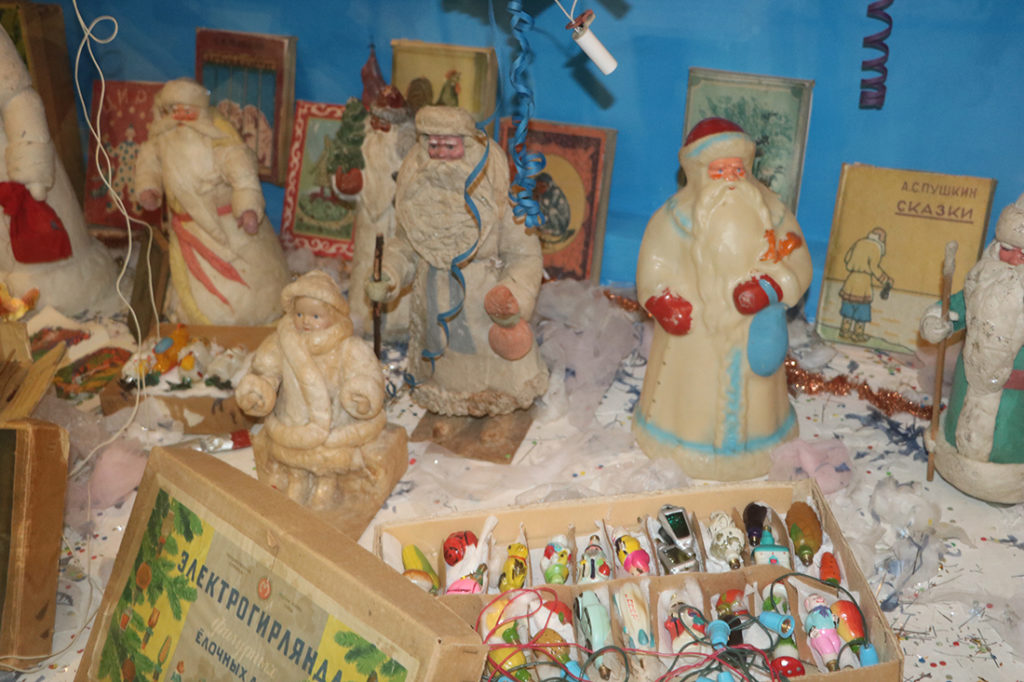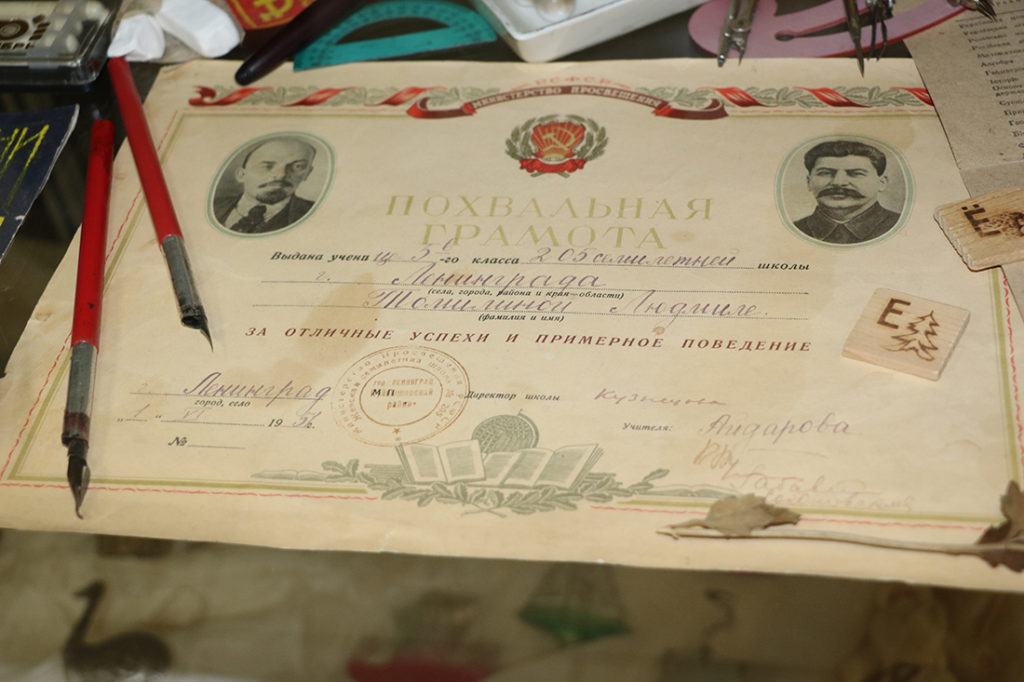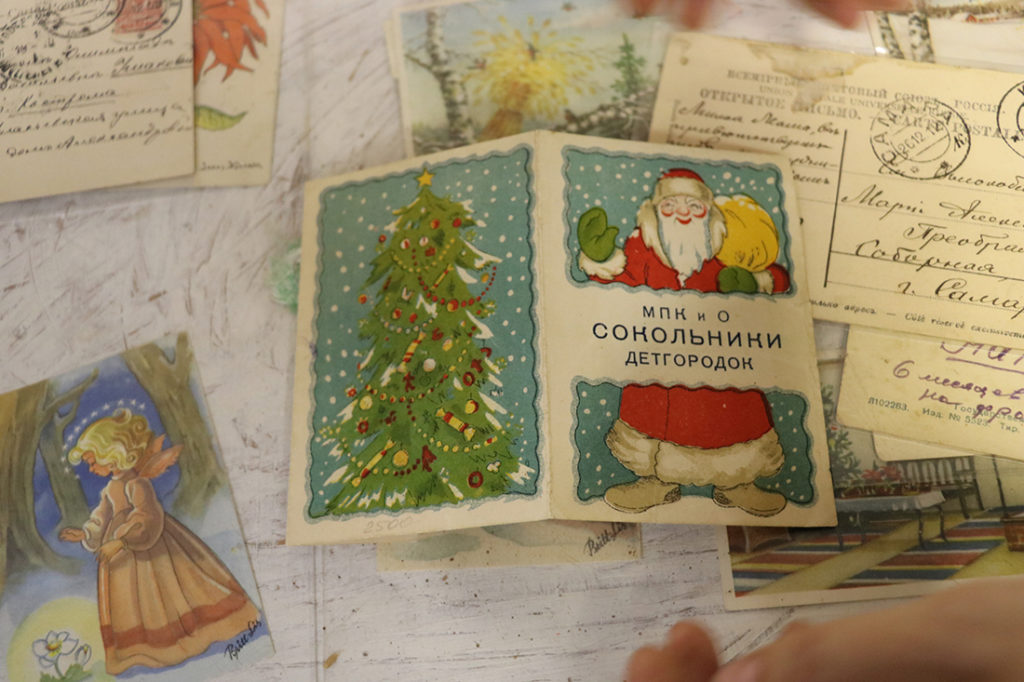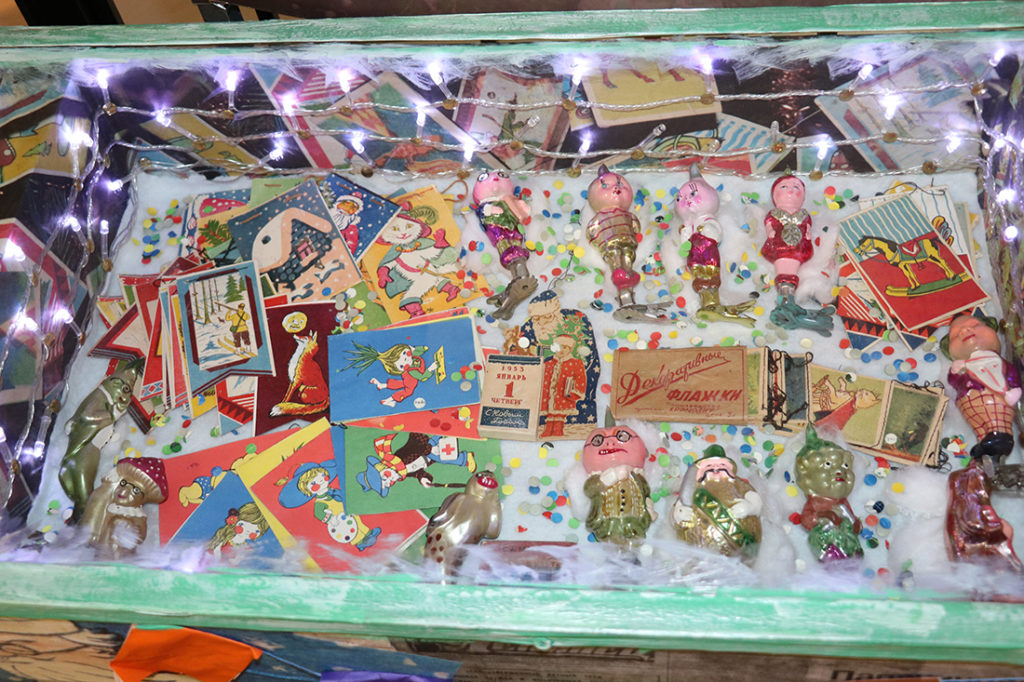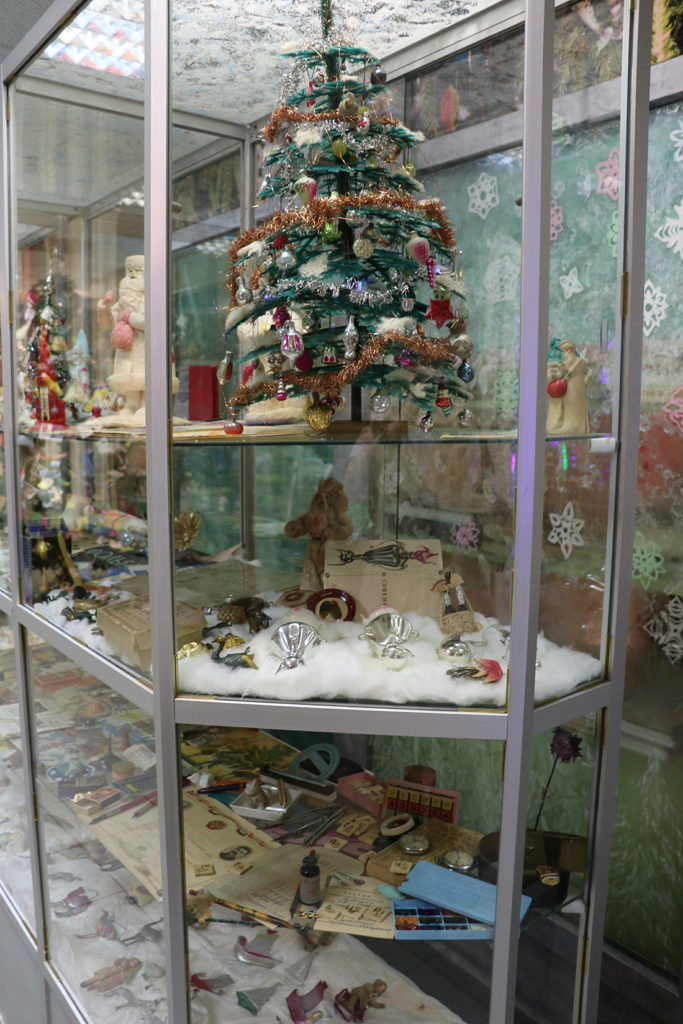Museum of Old New Year
Saint Petersburg
Contact information
Saint Petersburg, Ul. Sadovaya, building complex 28-30, structure 18
Tel: +7 (812) 939-20-85
Operating hours
Daily, from 11:00 to 18:00
Ticket price
Free
Donations for the development of the museum are accepted: 50 rubles
Founder/Owner/Director of the museum
Vladislav Sergeevich Dmitriev
Founded
2014
The idea of creating a museum is inextricably linked with the main activity of the exhibition owner – the repairing of roofs. There are many old things that people don’t want to get rid of, but there is no desire to keep them in the flat either. In fact, an accumulated collection of postcards, Christmas toys and decorations, posters, and other things appeared. Each item has its own unique history, and each keeps someone’s memory. Over time, the building of Apraksina Yard (building 18) was chosen for the permanent exhibition, which housed “Izokult”- the legendary Leningrad Artel for the production of Christmas toys, where until 1947 Christmas decorations were made of glass and cotton wool. The toys were handmade, with individual painted faces. In the Apraskin Yard there was a doll shop and a shop for Christmas decorations.
The main goal of the museum is to preserve New Year’s attributes and the memory of the traditions of celebrating the New year of the past. The museum also hosts workshops on making Christmas decorations from various materials for children and adults, including children with disabilities. The “Christmas Tree” book of 1937 is used as a guide. Travelling exhibitions are held.
The museum stores newspapers, postcards, Christmas masks and invitations to the New Year`s tree. The museum’s collection includes Christmas toys, made of cotton wool, glass, cardboard, paper, and wire. Some toys are the characters from fairy tales: Cipollino, Cat in boots, and Hut on chicken legs. Some toys reflect the bright events in our history, such as the record-breaking flight of the USSR-V6 airship in 1937, the first human flight into space, and the opening of the “North pole-1” first drifting polar station. Christmas trees in pre-revolutionary Russia and from the 1930-60s were decorated with small surprises (bonbonniere), made of cardboard with a small gift or sweets.
At the beginning of the 20th century, tin was used for making special badges that citizens purchased during charity mug fee collections, organized for shelters and hospitals. These badges were stored at home in special boxes, and they decorated the Christmas Tree. They testified to the good deeds of their owners.
The museum also provides information about the period of prohibition of New Year celebrations.
